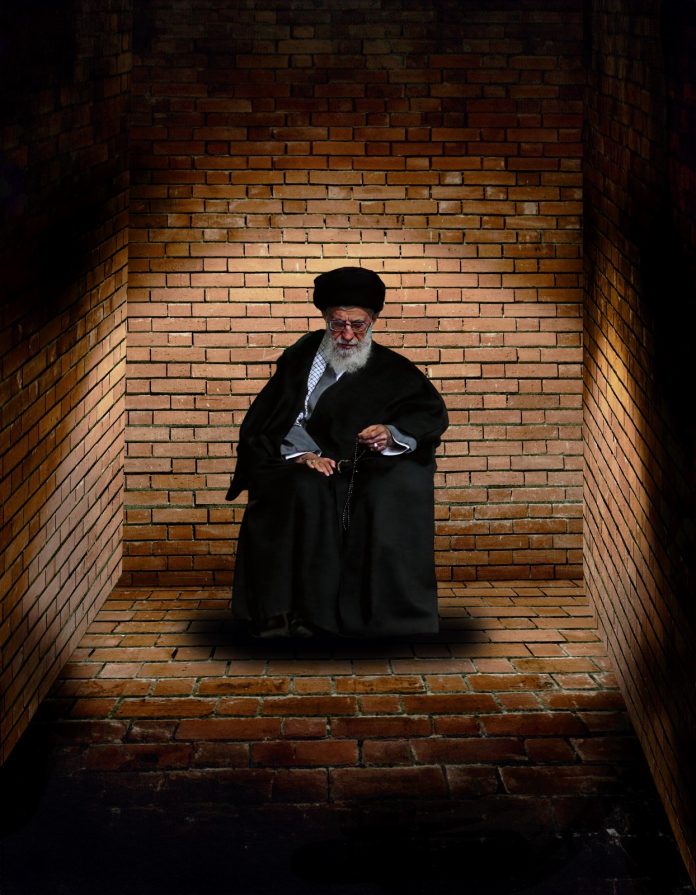Author: Kayhan.London
The Islamic Republic in Iran is grappling with a stricken economy at home and multiple conflicts in the Middle East, North Africa, Europe, and beyond. It is also advancing its nuclear program.
Inside Iran, factional infighting rages between its ideological zealots and technical cadres on the one hand, and political and financial mafias determined to further their interests and power.
Outside of Iran, the Islamic Republic’s armed networks are launching attacks against Israel and targeting shipping in the Red Sea. They have also been attacking U.S. military bases in Iraq and Syria since October 2023. Since the beginning of the Russian invasion of Ukraine in February 2022, the regime in Tehran has supported Russia diplomatically and militarily.
Meanwhile, burdened by social restrictions, Iranians struggle to make ends meet. Fuel shortages and electricity outages have exacerbated this. Prices for housing, water, electricity, gas, and other fuels have soared above 40 percent. Reports indicate that U.S. $3 billion have fled the Tehran Stock Exchange in the last three years. The erosion of public trust in the state is not just a concern but a pressing issue that is fueling a growing unrest among Iran’s workforce.
Ayatollah Ali Khamenei’s new ‘loyal and obedient’ government has pledged to ease economic hardship, remove internet restrictions, and relax its mandatory hijab laws while improving relations with the West. However, experts argue that a fundamental change in the state’s strategic direction is not just necessary but urgent for real improvement.


